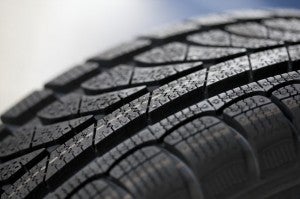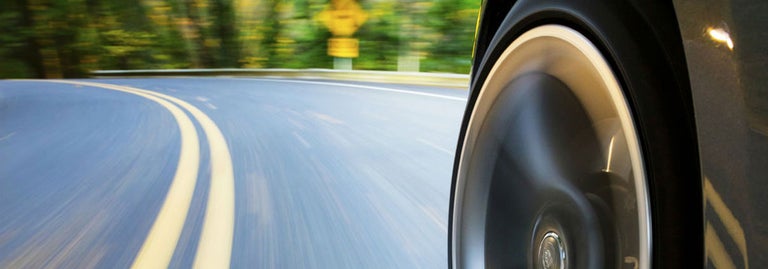 Most people own at least five car tyres – and they scarcely, if ever, think about it! As a serial tyre owner, here are four things you need to know.
Most people own at least five car tyres – and they scarcely, if ever, think about it! As a serial tyre owner, here are four things you need to know.
Boost longevity
The number one cause of premature tyre wear is under-inflation. Wear rate accelerates dramatically with just a small drop below the ideal pressure, so if you don’t want to contribute disproportionately to the profits of the world’s premier tyre makers. Do what your car’s owner’s manual says and check the pressures every two weeks (minimum). Don’t forget the spare. The correct pressure is on a placard inside the front door frame called (unimaginatively) the ‘tyre placard’. And remember, the air at the service station is one of the few things in life that is still free.
Brand new
Brand new tyres have what are called ‘vent pips’ on the surface. These look like little rubber stubs or hairs. The vent pips eliminate air bubbles from the tread during manufacturing, so they’re a good thing. But if you buy new tyres and drive hard into a corner, the vent pips can roll over and act like little rubber rollers, reducing grip. You need to realise that new tyres are also coated in ‘mold release’ compound (so they don’t stick to the molds in which they are manufactured). This is why they feel slightly slippery to the touch, brand new. Combine these factors and you can see that it’s a great idea to drive conservatively on brand new tyres for the first 100km or so, while normal abrasion with the road eliminates both factors from the driving equation.
Tread
If it never rained, tyres would not have tread. Tread is not about grip in the dry. It’s actually a linear pumping system designed to eliminate water from between the tyre and the road. When new, tyres offer about 8.0mm of tread, and they’re considered worn out at 1.5mm. By this point they’re just not pumping water away efficiently. (That’s 1.5mm at any point on the tread face, not the last point to reach 1.5mm.) Realistically, for safety’s sake, at 2.0mm it’s time to start shopping for new tyres. Even if it’s not raining…
Front left alert
The front left tyre on your car probably wears out first. This is due to a range of factors. Front tyres work harder than those at the rear on most cars because the front end of most cars is heavier than the rear. Additionally, most cars are front-wheel drive, so the front tyres are dragging the car forwards, while the rears just follow. And obviously the front wheels steer, so there’s a lot of additional lateral friction as a result of that. Finally, the front left is under particular pressure because we drive on the left – that front left tyre scrubs really hard at every left turn, because of the tight radius. Right turns tend to be gentler on the front right tyre, because the radius is not so tight.
John Cadogan is at www.AutoExpert.com.au.


Share this article